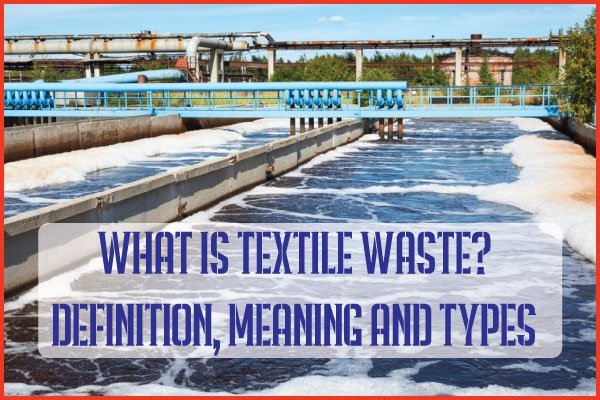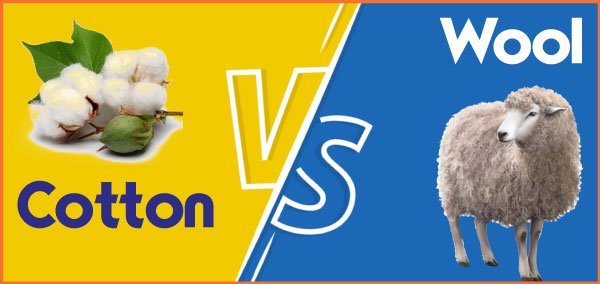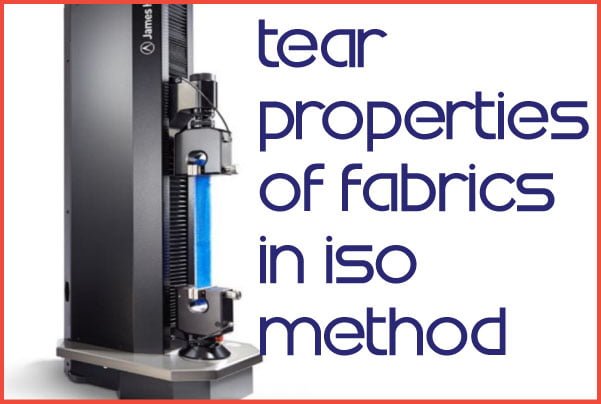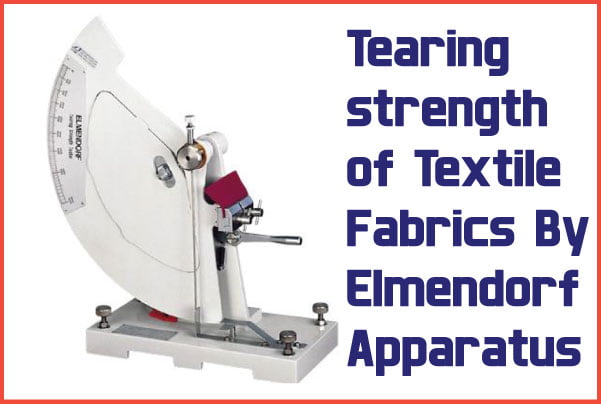What is Textile Waste? Definition, Meaning and Types
Waste is a very common term, and we create different types of wastes in our daily life. But have you ever heard about textile or clothing waste? If not, then you must go through this article. Or if yes then you should be clarified about the term and its type. Waste is a kind of[…]





